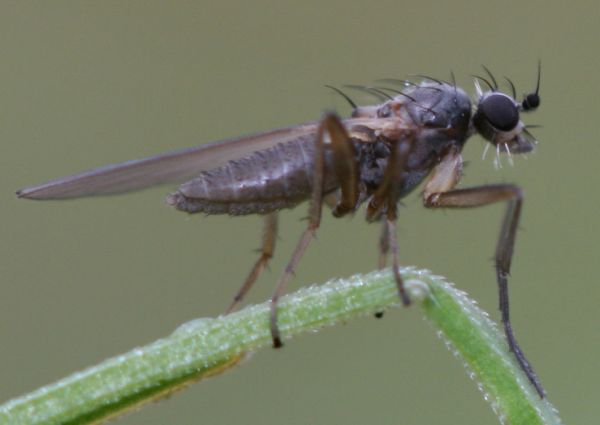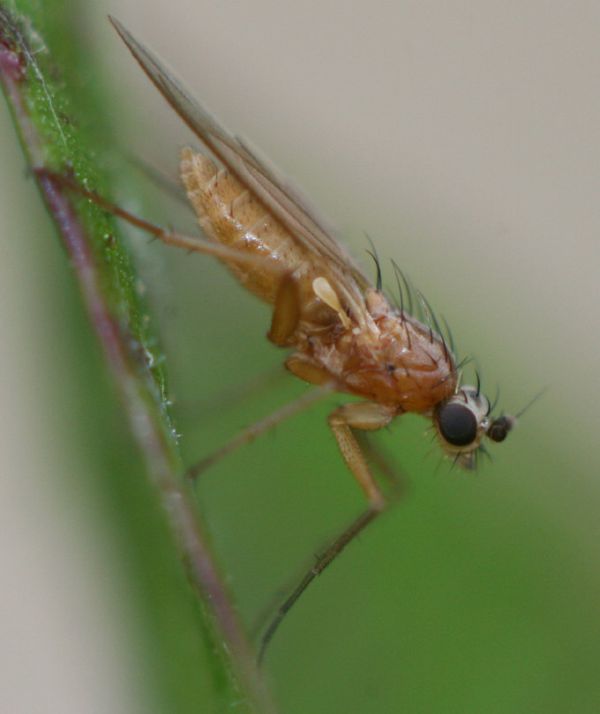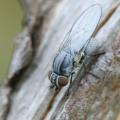Diptera.info :: Identification queries :: Diptera (adults)
Who is here? 1 guest(s)
|
Lonchoptera sp.
|
|
| Nikita Vikhrev |
Posted on 06-10-2005 23:29
|
|
Member Location: Moscow, Russia Posts: 9399 Joined: 24.05.05 |
If Lonchopteridae than Lonchoptera. But may be species level is possible? P.S. Just found in Netherlands check list that Lonchopteridae is also "responsibility zone" of Jan Willem. Sure, species level is possible!  Well Jan, I help you a little: o5 okt, Moscow region, size seems to me a little bit more than on Lonchopteras I've seen in August. 
Nikita Vikhrev - Zool Museum of Moscow University |
|
|
|
| Paul Beuk |
Posted on 07-10-2005 07:20
|
|
Super Administrator Location: Netherlands Posts: 19403 Joined: 11.05.04 |
Just off-hand it maybe tristis because it is rather dark, but to be safe I must try to run it through a key. There may just be enough visible detail to confirm an identity.
Paul - - - - Paul Beuk on https://diptera.info |
| Jan Willem |
Posted on 07-10-2005 09:07
|
|
Member Location: Waalwijk, The Netherlands Posts: 2143 Joined: 24.07.04 |
Hi Nikita, I agree with Paul! Given the coloration and your remark about the size, your specimen most probably belongs to Lonchoptera tristis. Jan Willem |
|
|
|
| Nikita Vikhrev |
Posted on 07-10-2005 10:20
|
|
Member Location: Moscow, Russia Posts: 9399 Joined: 24.05.05 |
Paul and Jan, thank you!
Nikita Vikhrev - Zool Museum of Moscow University |
|
|
|
| Nikita Vikhrev |
Posted on 07-10-2005 13:03
|
|
Member Location: Moscow, Russia Posts: 9399 Joined: 24.05.05 |
Just in case I add image of Lonchoptera from end of august. Nikita 
Nikita Vikhrev - Zool Museum of Moscow University |
|
|
|
| Jan Willem |
Posted on 07-10-2005 13:38
|
|
Member Location: Waalwijk, The Netherlands Posts: 2143 Joined: 24.07.04 |
Hi Nikita, There seems to be an anteroventral bristle in the distal half of the middle tibiae (although not clearly visable in your picture). Further it looks similar to Lonchoptera lutea. This combination points to Lonchoptera bifurcata. This is the species of which the males are only rarely found. Your specimen is a female. Jan Willem |
|
|
|
| Jump to Forum: |
















